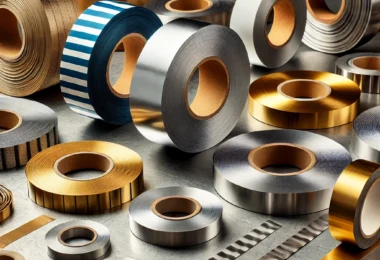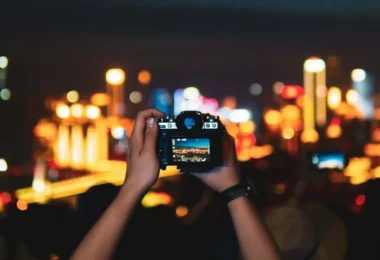Wedding cinematography has evolved significantly over the years, transitioning from traditional, staged poses to a more candid and documentary-style approach. The debate surrounding candid versus posed wedding cinematography has become a prominent discussion among couples and professionals alike. Both styles offer unique perspectives and have their own merits. In this essay, we will explore the characteristics, advantages, and considerations associated with each style, ultimately recognizing that a blend of both can create a harmonious and unforgettable wedding film.
Candid Wedding Cinematography
Candid wedding cinematography aims to capture authentic moments as they unfold naturally throughout the wedding day. It emphasizes unscripted emotions, spontaneous interactions, and genuine reactions. This style often involves a discreet approach, with the cinematographer blending into the background to capture the essence of the event without interfering.
Advantages
- a. Emotional authenticity: Candid cinematography creates a sense of intimacy, allowing couples to relive the genuine emotions they experienced during their special day. From tears of joy to heartfelt laughter, these spontaneous moments evoke powerful memories.
- b. Organic storytelling: By focusing on real moments, candid cinematography weaves a narrative that reflects the couple’s unique love story. It captures the essence of the wedding day, portraying the genuine connections between the couple, their families, and friends.
- c. Natural aesthetics: Candid cinematography can produce visually stunning results, with its ability to capture the raw beauty of a moment. The unfiltered emotions and candid gestures often lend a sense of timelessness and sincerity to the final film.
Considerations
- a. Lack of control: Candid cinematography relies on seizing fleeting moments, which can be unpredictable and challenging to capture. This style requires the cinematographer to be adaptable, quick-thinking, and skilled at anticipating the decisive moments.
- b. Limited direction: With minimal interference, candid cinematography may lack the guidance and direction often required to create visually striking compositions. It may not capture every desired shot or include specific details that couples may have envisioned.
Posed Wedding Cinematography
Posed wedding cinematography, also known as traditional or formal style, involves carefully staged shots where the cinematographer directs the couple and other subjects. It focuses on creating visually pleasing compositions and meticulously planned sequences.
Advantages
- a. Artistic control: Posed cinematography allows for meticulous planning and control over the composition, lighting, and overall aesthetics. Cinematographers can create visually stunning shots that showcase the couple’s beauty and the wedding’s ambiance.
- b. Time efficiency: By pre-planning poses and shots, posed cinematography can streamline the filming process, ensuring that all desired shots are captured within the allocated timeframe.
- c. Attention to detail: This style enables cinematographers to meticulously capture intricate details, such as the couple’s attire, decorations, and venue. It ensures that every aspect of the wedding is featured prominently.
Considerations
- a. Artificiality: Posed cinematography can sometimes feel contrived or staged, lacking the natural spontaneity and authenticity of candid moments. Couples may feel less connected to the final film if it appears overly orchestrated.
- b. Emotional limitations: The deliberate nature of posed cinematography may inhibit the organic display of emotions. Couples and subjects may feel self-conscious, resulting in a more restrained portrayal of their true feelings.
- c. Time constraints: The time required for setting up and directing posed shots may take away from the couple’s enjoyment of their wedding day. It can also detract from the natural flow of events.
The debate between candid and posed wedding cinematography centers on the balance between authenticity and artistry. While candid cinematography captures the raw emotions and organic moments of the day, posed cinematography focuses on creating visually striking compositions. However, the best wedding films often incorporate elements of both styles. A skilled cinematographer can seamlessly blend the two, preserving the genuine emotions while crafting visually captivating shots.
Ultimately, the choice between candid and posed cinematography rests with the couple, as it should reflect their personal preferences and vision for their wedding film. A candid approach can unveil sincere and heartfelt moments, while posed cinematography can ensure the inclusion of specific details and create visually stunning frames. By striking a balance between these two styles, couples can obtain a wedding film that tells their unique love story in a way that is both emotionally resonant and visually captivating.
















